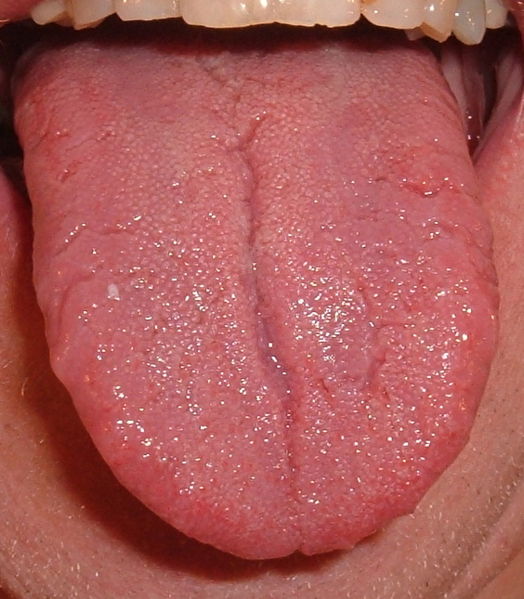The experience of drinking a fizzy drink is both a physical and chemical experience, and now researchers have discovered just what happens when the bubbles hit your tongue.
Reporting in this week's Science, Jayaram Chandrashekar and colleagues from the Howard Hughes Medical Institute at the University of California, San Diego, along with collaborators at the National Institute of Dental and Craniofacial Research in Bethesda & the St. Louis School of Medicine, show that the cells on our tongues that sense sour flavours are also responsible for tasting carbonation, and identify the gene responsible.
 Humans, and many other animals, detect five distinct flavours - bitter, sweet, salty, sour and umami. Different cells on the tongue are responsible for each of these through different chemical mechanisms. The taste system is also responsive to CO2 through a number of pathways - nociception (identification of noxous stimuli) olfaction, chemoreception (the same pathway which regulates CO2 in our breath), but until now little has been known about the taste of CO2.
Humans, and many other animals, detect five distinct flavours - bitter, sweet, salty, sour and umami. Different cells on the tongue are responsible for each of these through different chemical mechanisms. The taste system is also responsive to CO2 through a number of pathways - nociception (identification of noxous stimuli) olfaction, chemoreception (the same pathway which regulates CO2 in our breath), but until now little has been known about the taste of CO2.
By genetically deactivating specific sets of taste receptor cells in mice, they were able to show that mice lacking the cells for detecting sourness were completely unable to detect CO2. These cells express an ion channel called PKD2L1. They then looked for candidate genes which were highly specific for cells expressing this ion channel protein.
The researchers identified a gene, called Car4, which was highly specific for these cells and codes for an enzyme called carbonic anhydrase 4, part of a family of enzymes known to respond to, act on or sense CO2. Knocking out this gene produced mice who could taste sour foods, but who didn't respond fully to CO2.
Carbonic anhydrase catalyses a reaction that turns carbon dioxide and water into bicarbonate and free protons. Bicarbonate doesn't react with taste receptors, so we must assume it's the free protons responsible for activating the sour taste cells.
But why can we taste carbon dioxide at all? The authors suggest it may just be a coincidence, and the enzyme is really there to maintain pH balance in taste buds, but evidence of specific CO2 taste detection in insects may suggest that this has evolved as a means to detect fermenting food.
- Previous Evolution in a bottle
- Next Fisheries mixed up by climate change










Comments
Add a comment